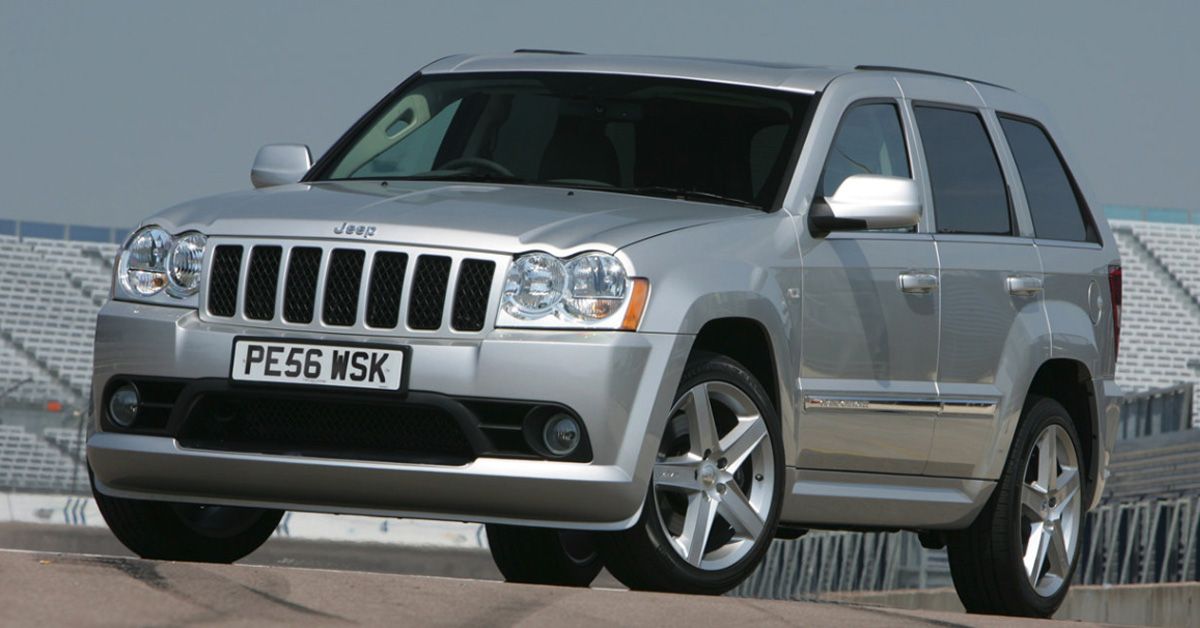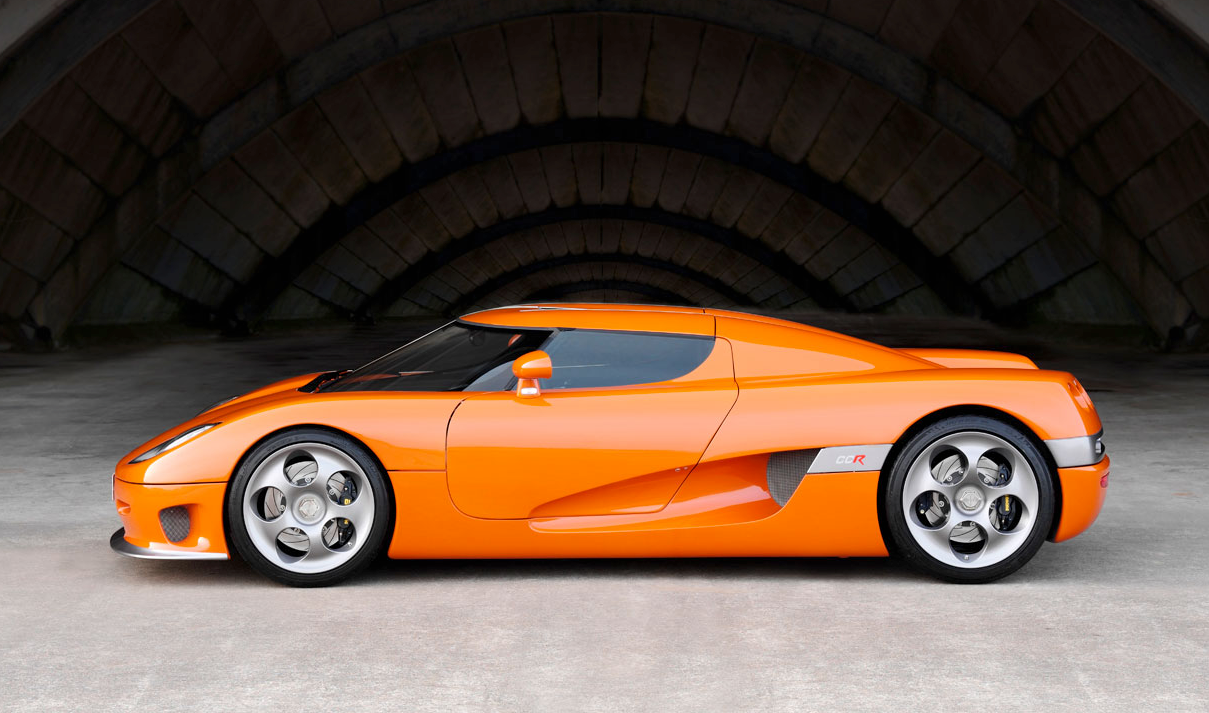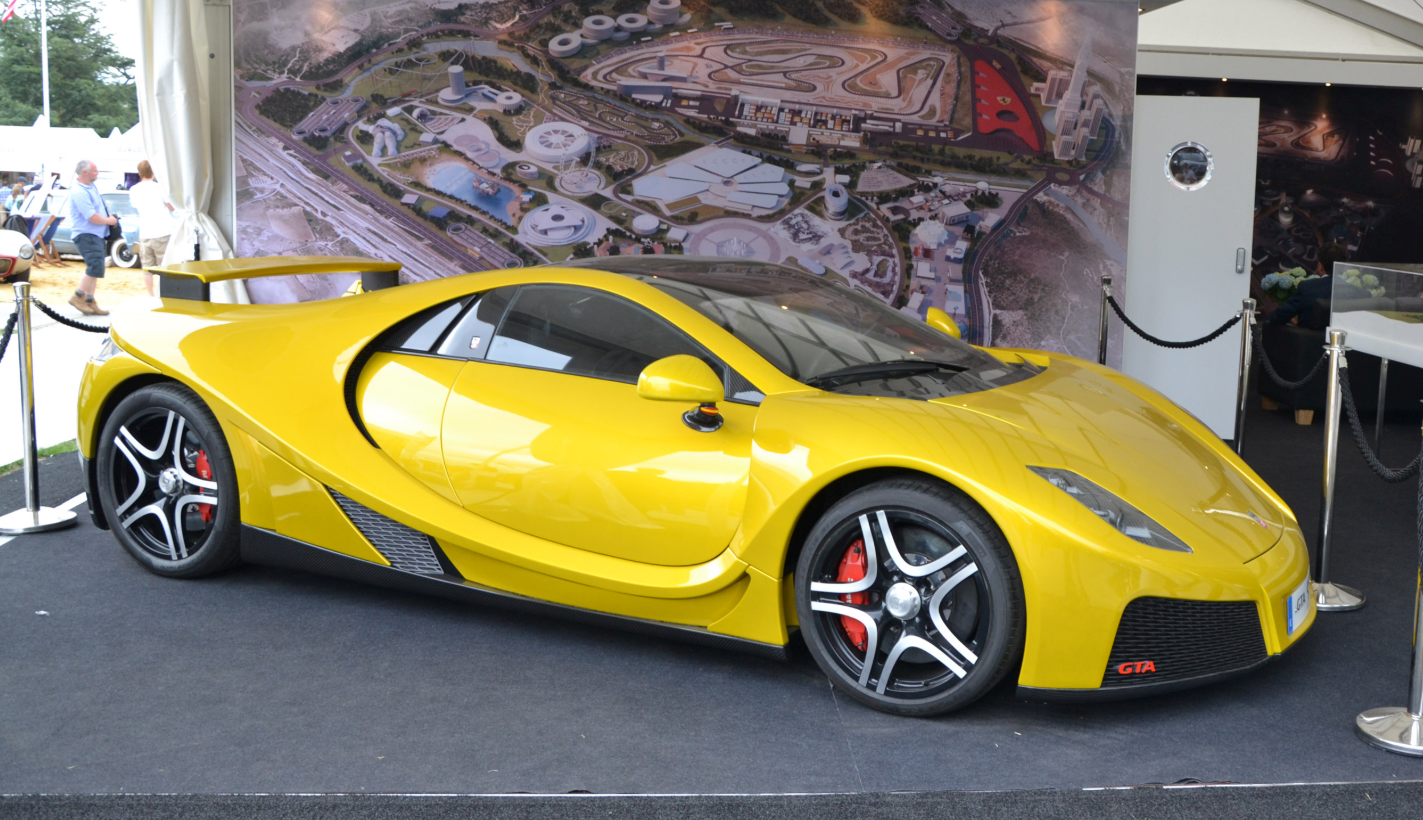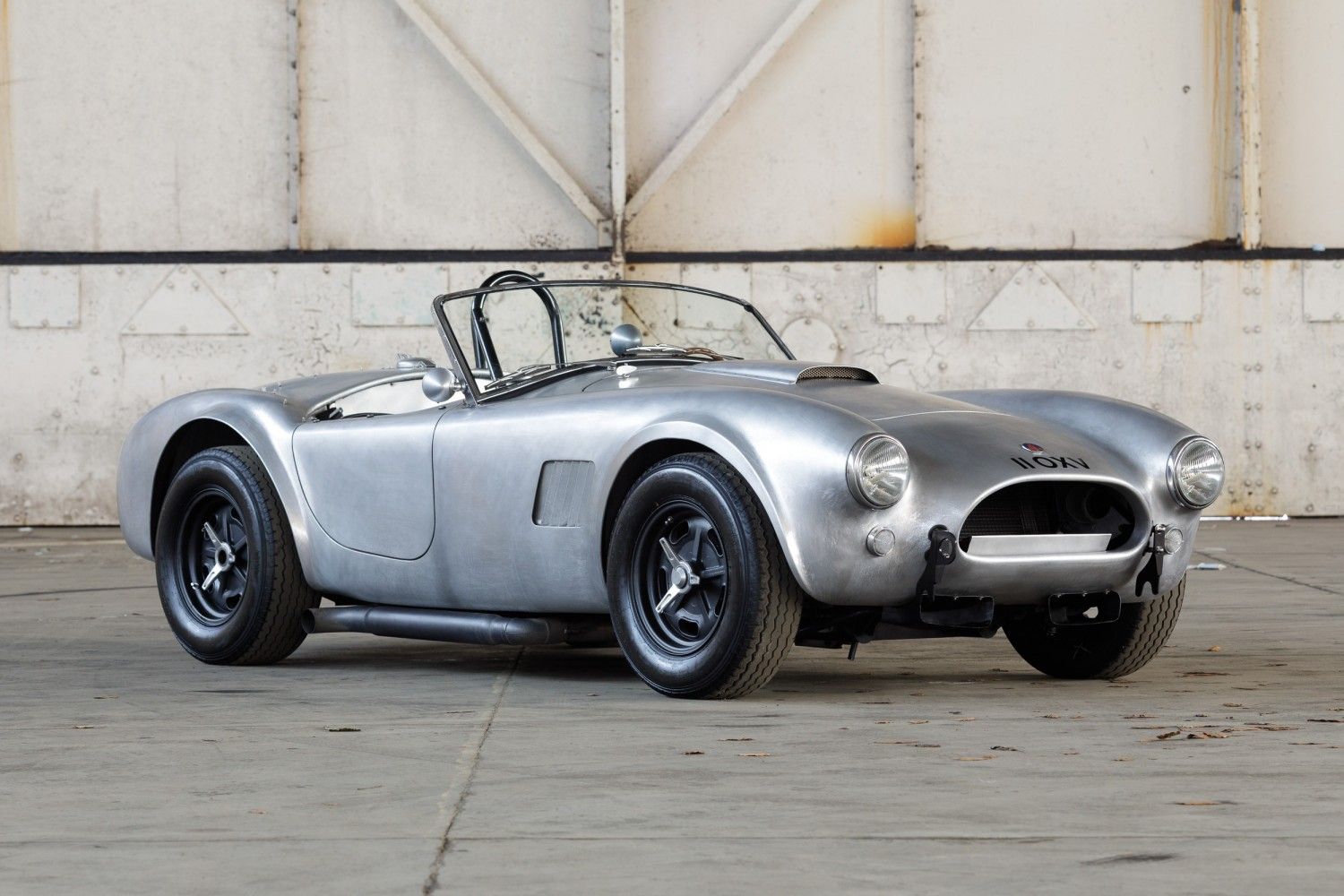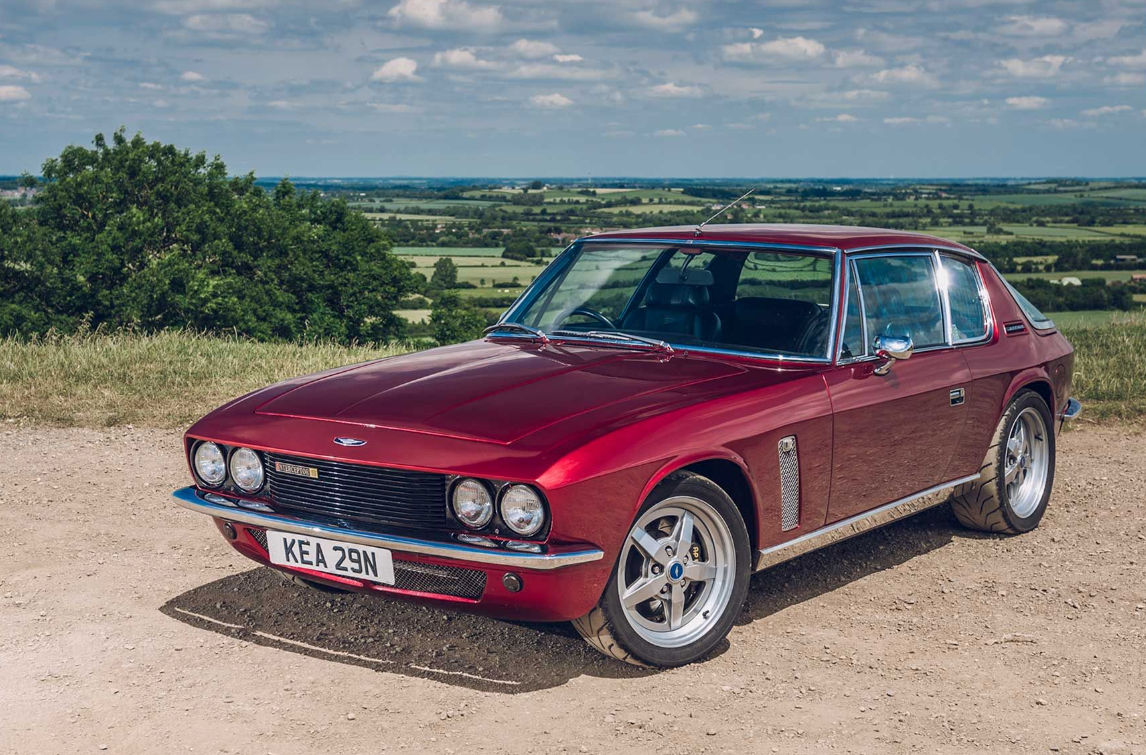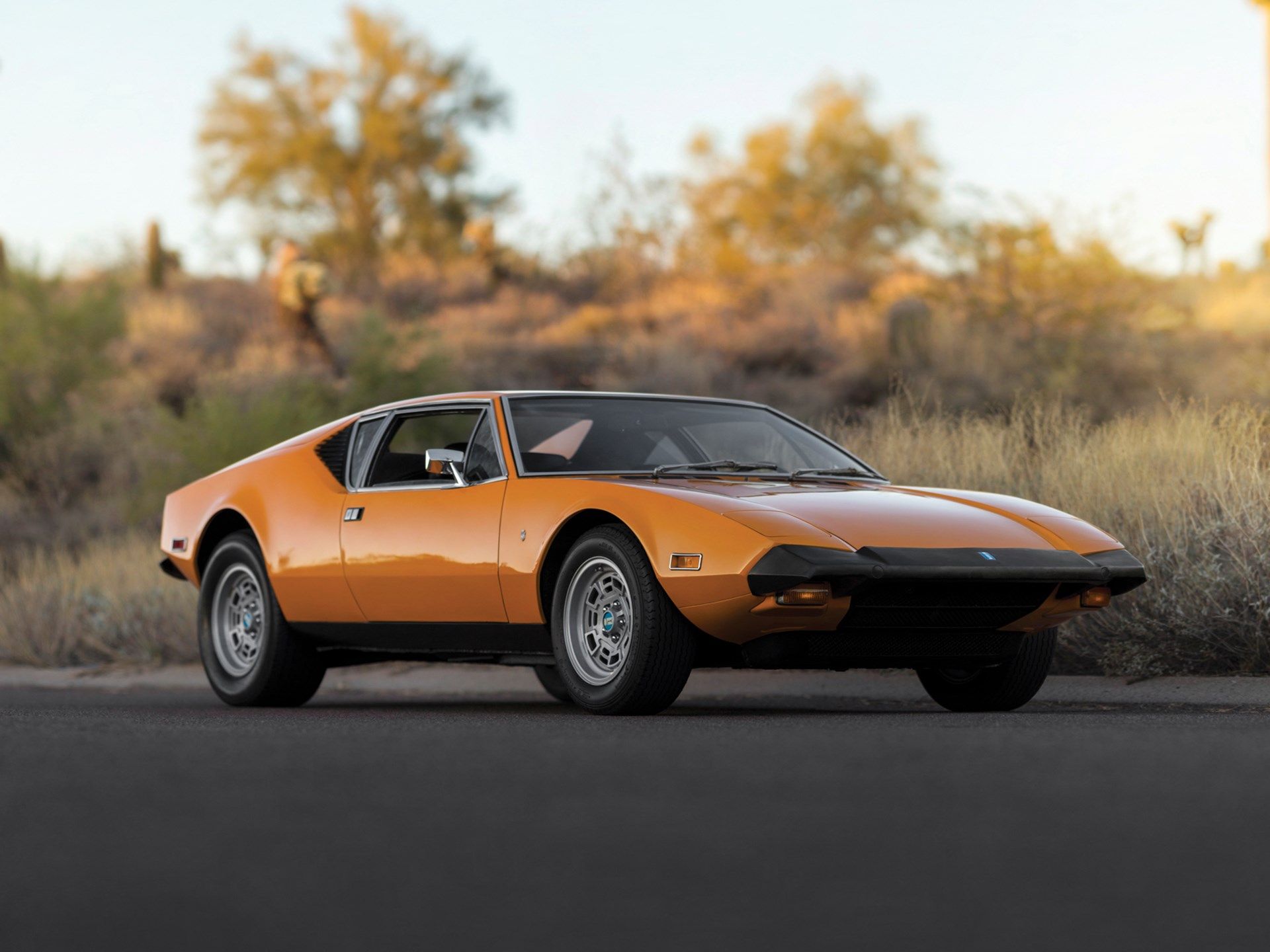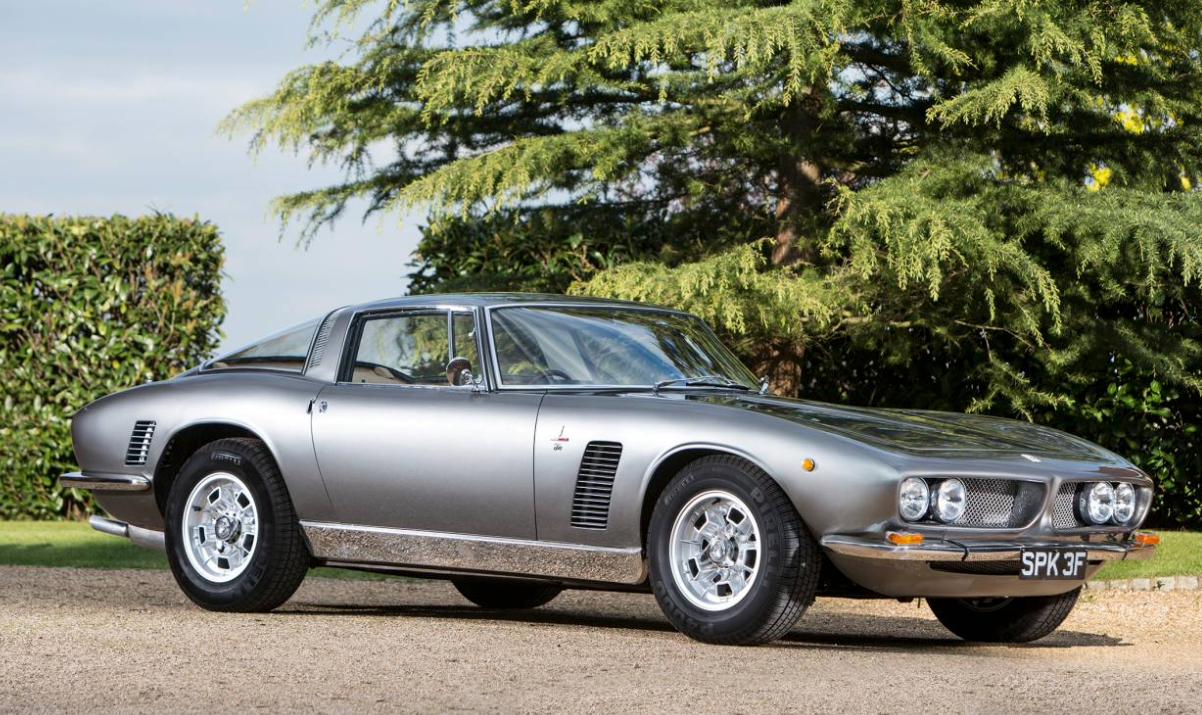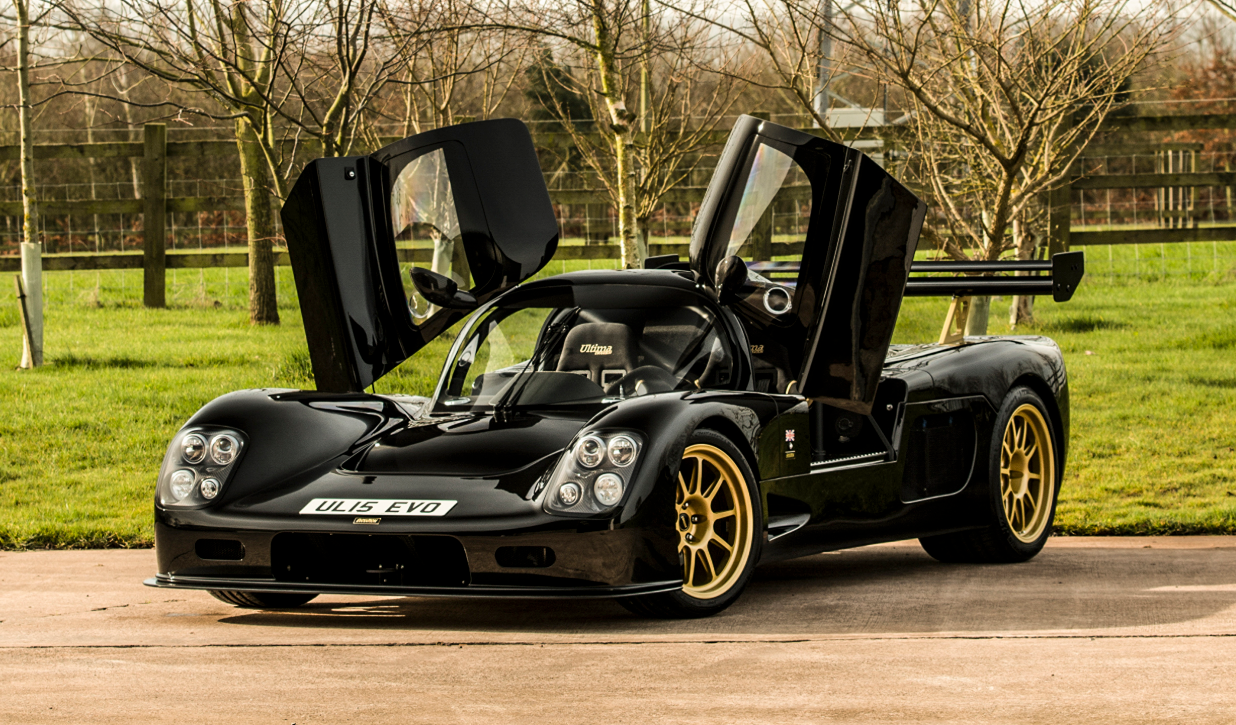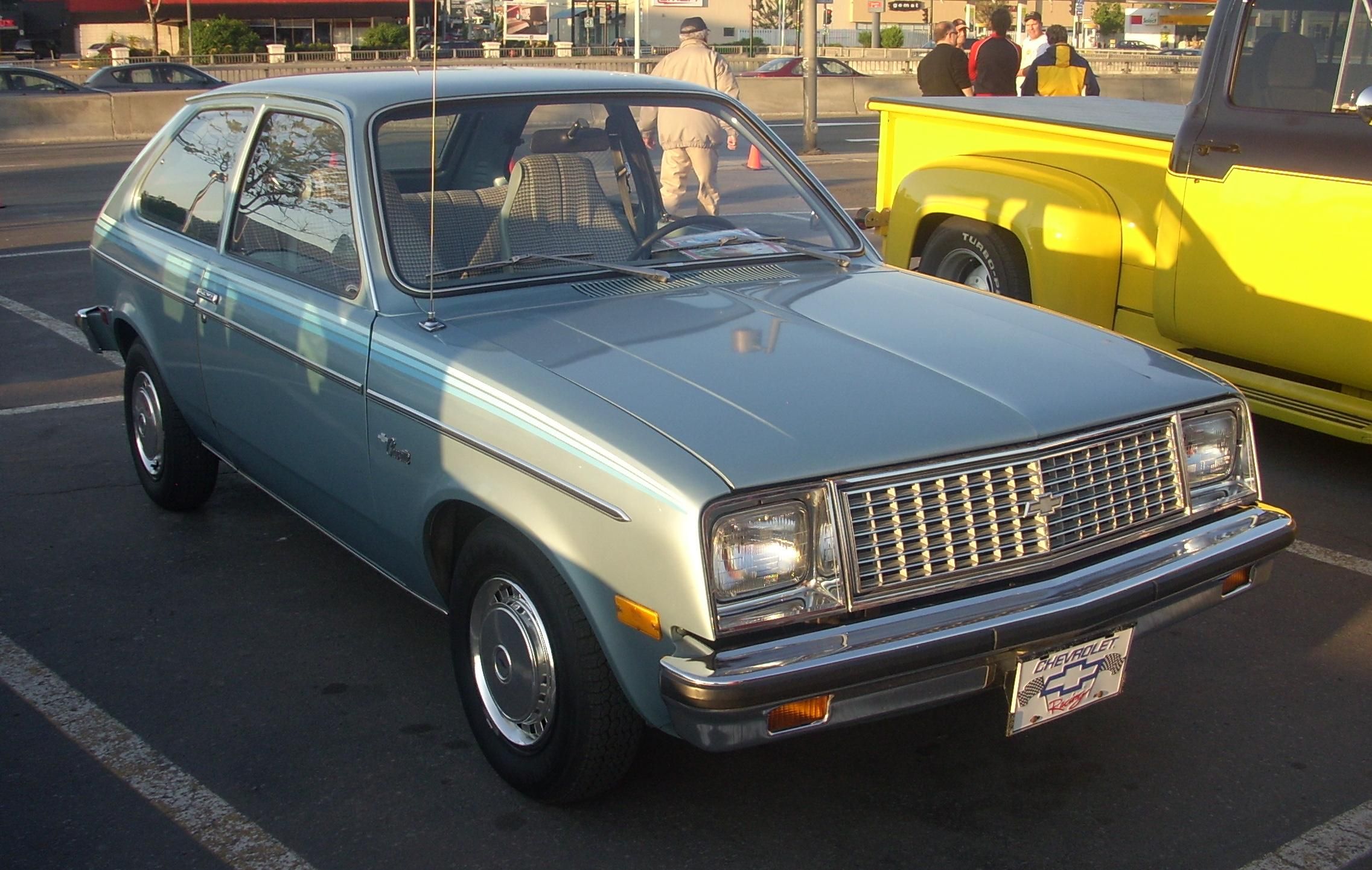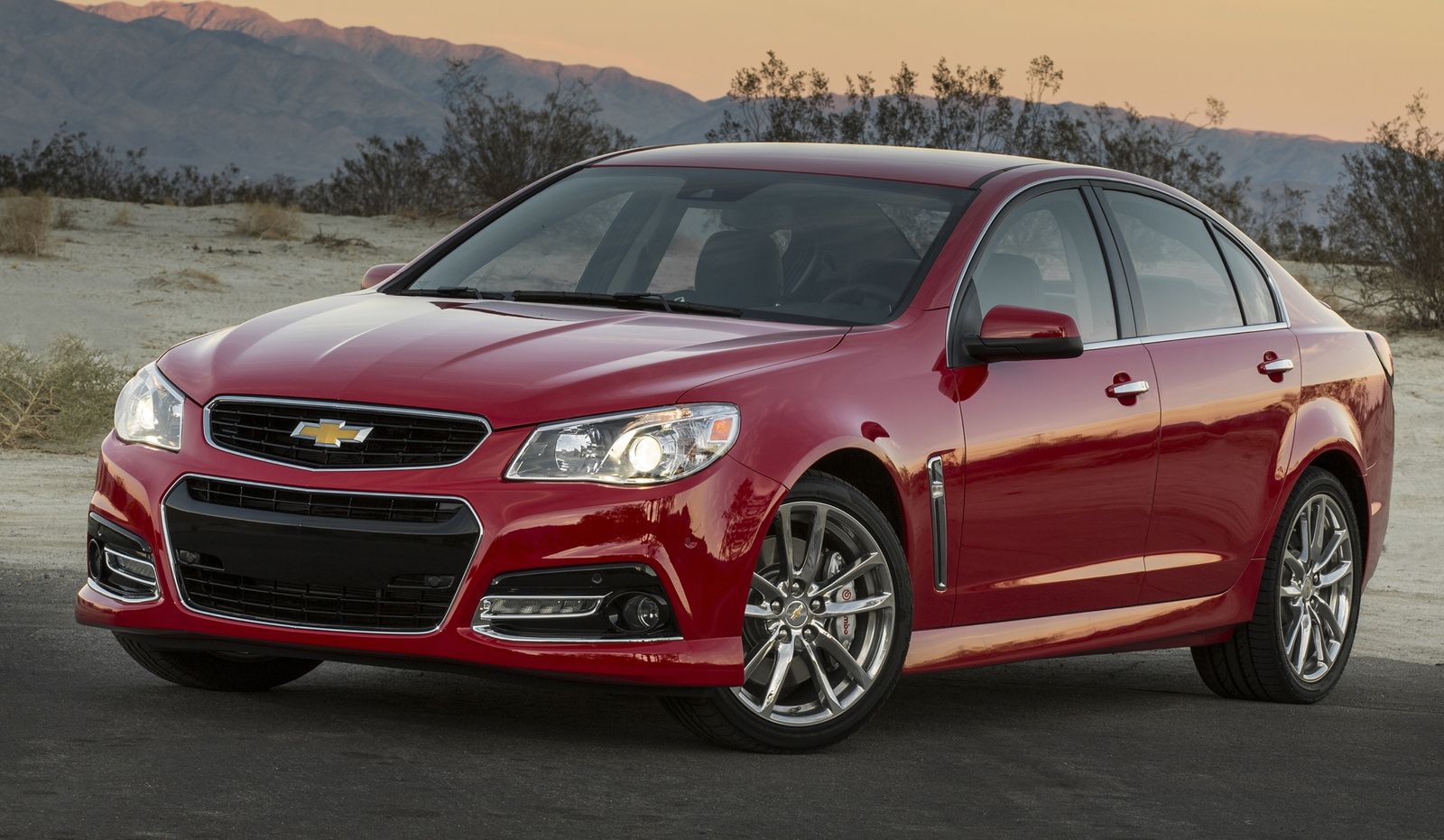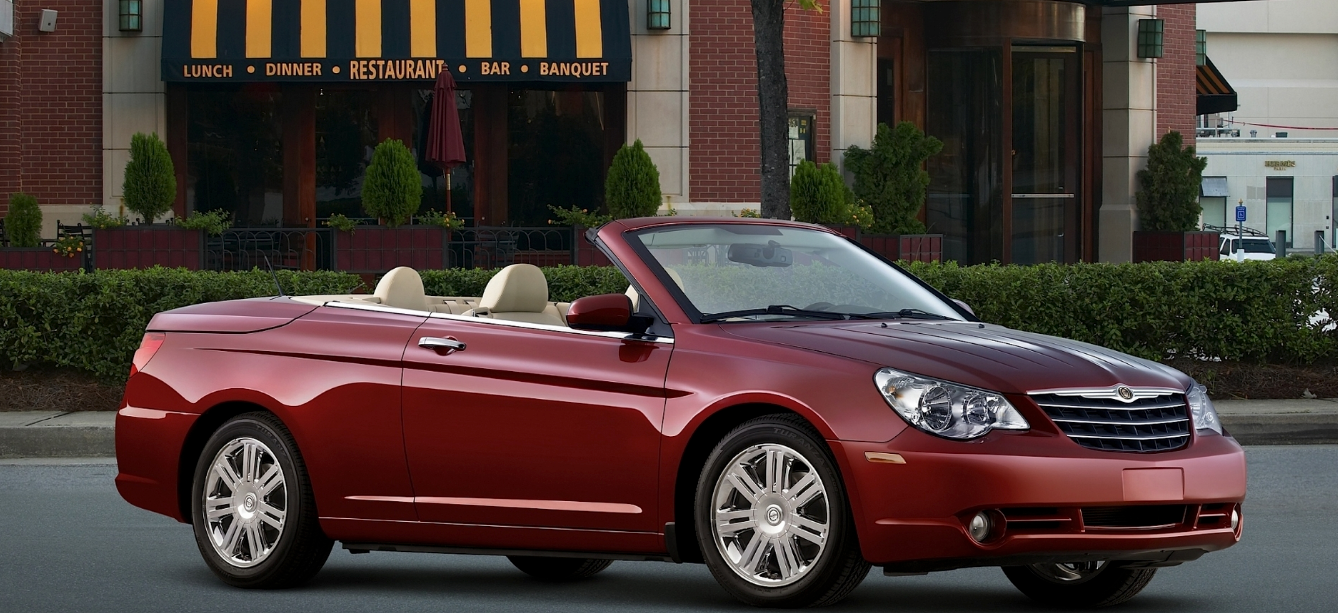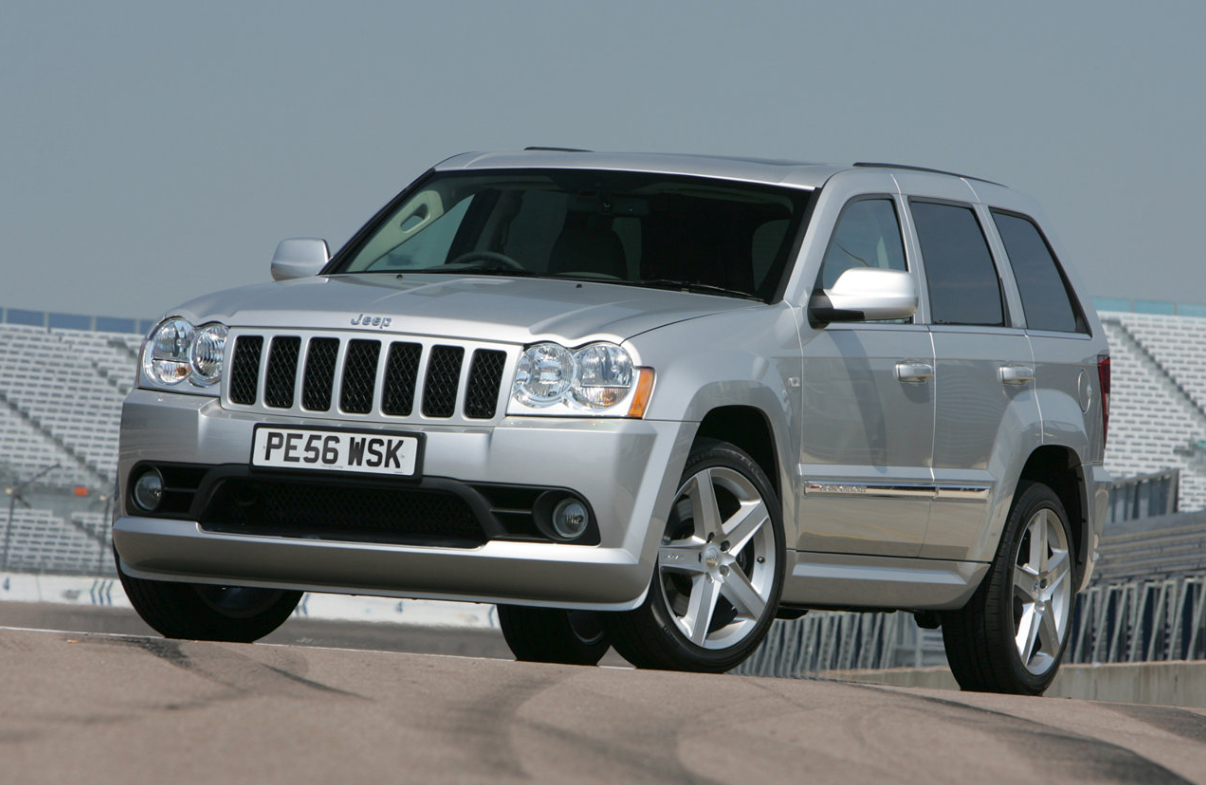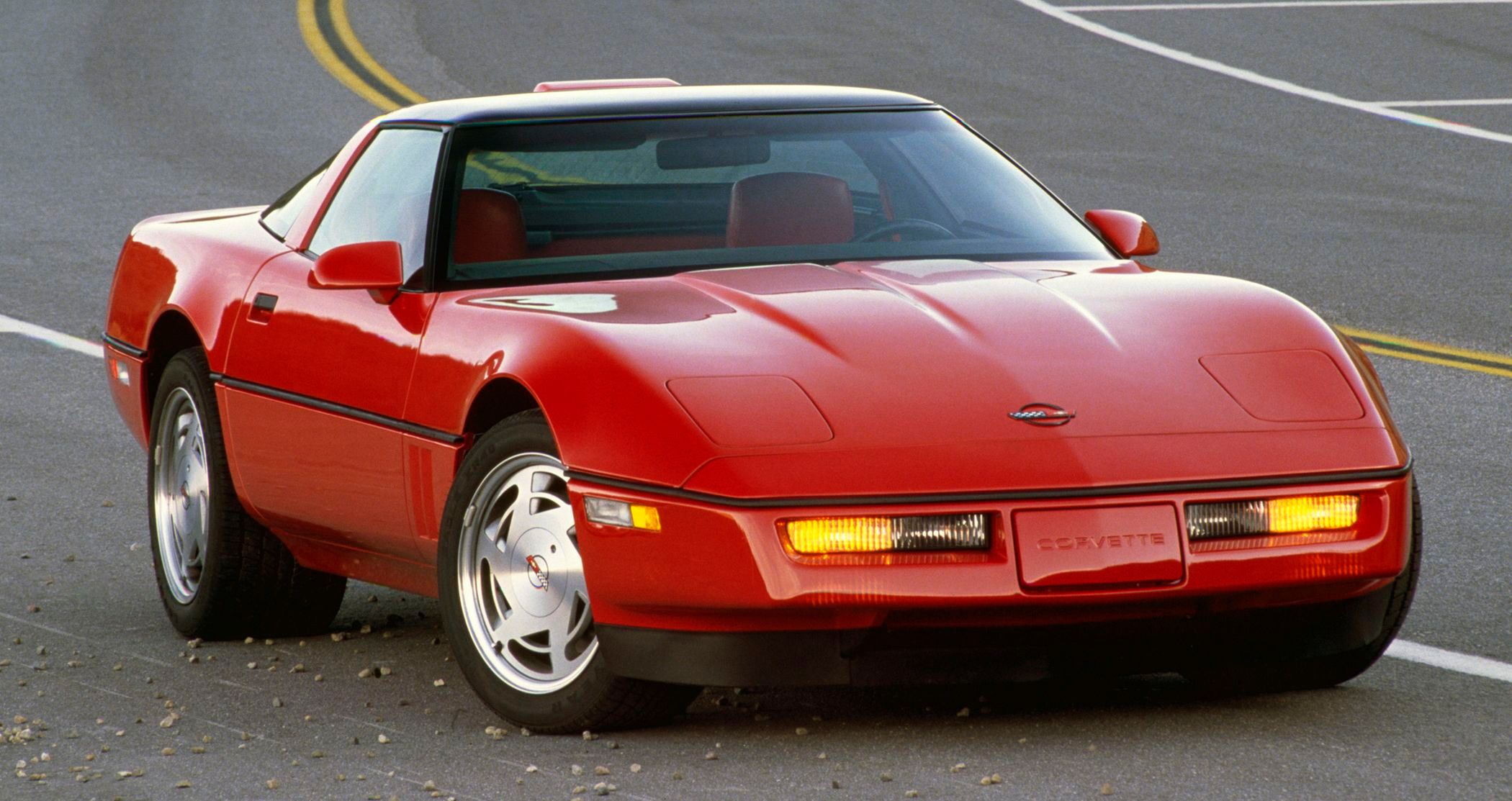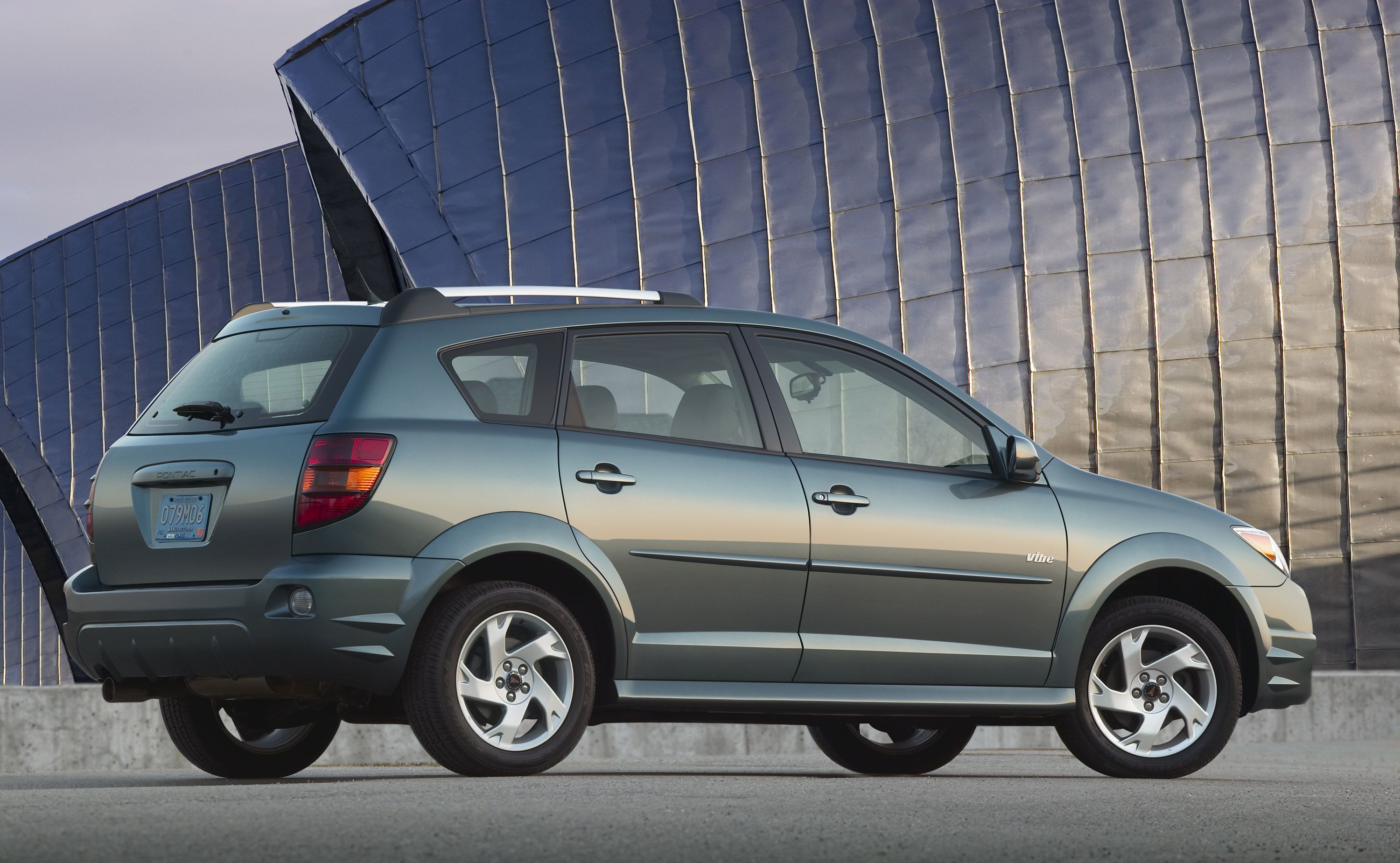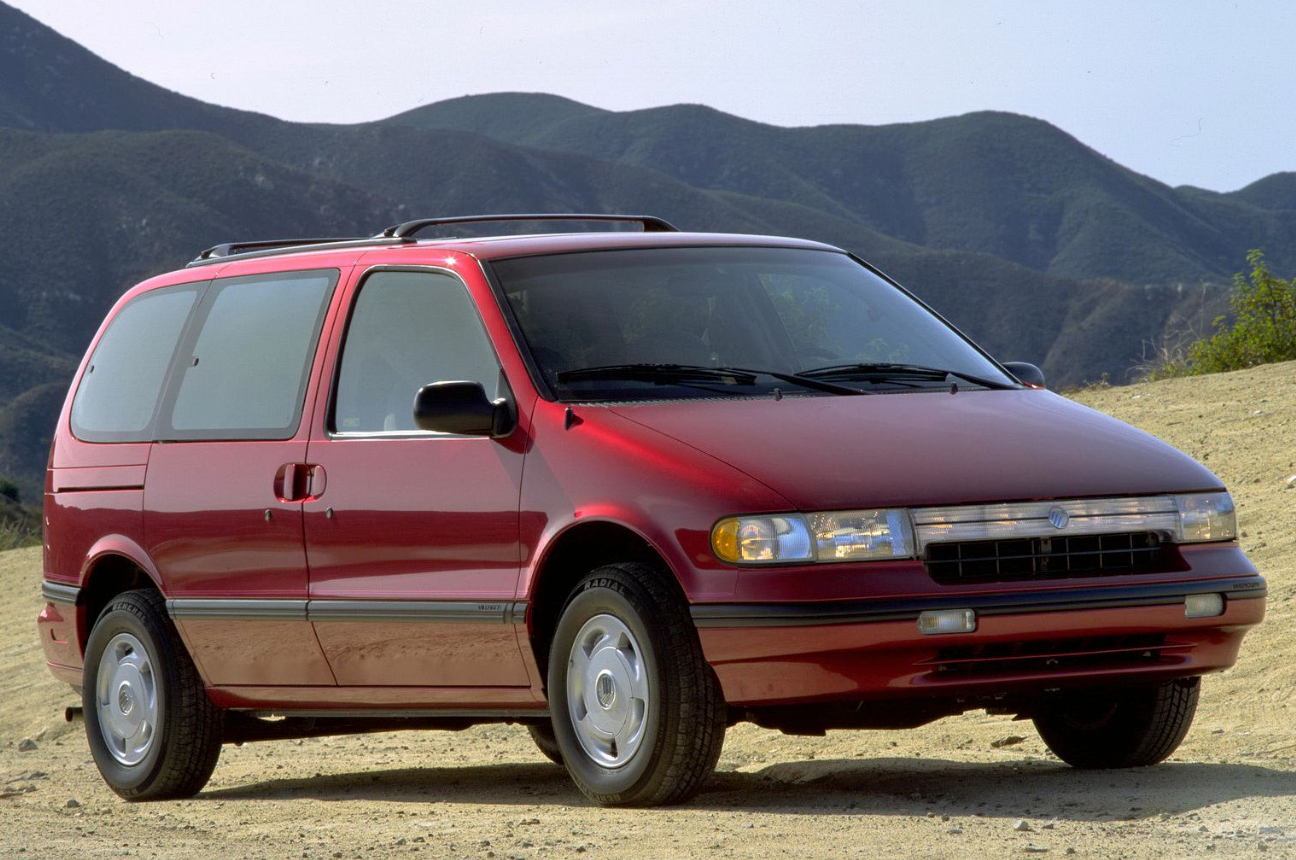So what makes a car foreign? The foreign nameplate or marque or even company holds no meaning anymore considering many of these foreign auto giants have opened up plants on domestic shores. This means that they are as important a part of the economy as are the domestic auto giants such as the Detroit Three: Ford, General Motors, and Fiat-Chrysler. Many domestic companies, on the other hand, have moved their plants to foreign shores to cut costs and make their cars sells abroad as much as they sell within the country. When domestic auto giants open plants elsewhere, they take away from the economy and employment within and outsource it to save money.
Frankly, no longer can a car be defined as a purebred domestic and neither does a foreign car automatically mean that the buyer is unpatriotic. The world has become a lot smaller than before and most auto giants do partner with one another to share technology and save costs. Even national auto giants that have plants with the nation’s shores often outsource some or the other car part because of cost-effectiveness or even superior technology. Then there are tags associated with foreign cars – Italian cars are fast, German cars are more powerful and Japanese cars are more reliable. Be that as it may, here go 10 foreign cars fitted with domestic engines, and 10 domestic superstars that rev on foreign engines…
20 Foreign Car, Domestic Engine: Koenigsegg CCR (Ford V8 Engine)
Koenigsegg is hailed as the most modern high-performance automaker today. Back in 2004, they launched the CCR that was their most potent version from the CC range car family. The CCR was a mid-engine two-door sports car armed with a semi-convertible Targa top.
It carried a highly modified version of Ford’s Modular V8 small-block engine under its hood.
The gigantic 4.7-liter twin-supercharged mill was mated to a smooth six-speed manual transmission and the result of this marriage was a whopping 646 horsepower and 550 ft-lb of torque. It achieved a 0-60mph feat in about 3 seconds with a top speed of 241 mph.
19 Foreign Car, Domestic Engine: MG ZT260 (Ford Mustang V8)
The ZT 260 comes from the house of Morris Garages and was launched in 2003. This MG car borrowed its engine from the powerful muscle car, the Ford Mustang. The ZT’s 260 nomenclature came from the amount of horsepower its 4.6-liter Ford’s modular V8 produced when fired. The 260’s small-block engine was rated at 300 ft-lb of torque. The car achieved a top speed of 155 mph and zipped the 0-60mph acceleration time in flat 6 seconds. This rear-wheel-drive was engineered by Prodrive, renowned British motorsports, and advanced engineering group. The executive car came in two variants – a four-door saloon and a five-door estate.
18 Foreign Car, Domestic Engine: GTA Spano (Dodge Viper V10)
The GTA Spano was made by GTA Motor, a one-car-wonder automobile company hailing from Spain. They brought in the 8.3-liter V10 from the Dodge Viper to create their dream machine. The GTA Spano exclusively comes with a supercharger and is the only car this company ever produced since its launch in 2010.
Fuelled by bioethanol, this mid-engined supercar’s mill is capable of churning out a massive 840 horsepower.
The current variant carries a toned-down 8.0-liter V10 powerhouse crammed with two turbochargers instead of one supercharger. This slimmed down version puts out a massive 820 horsepower and 708 ft-lb of torque. And to give this car exclusivity the company has decided to roll out only 99 GTA Spano in all.
17 Foreign Car, Domestic Engine: AC Cobra (Ford V8 Engine)
The AC Cobra is touted as one of the most-successful arranged marriages in the history of motoring. It was the result of a joint venture between two renowned automakers – a British auto giant called AC Cars and Shelby American – a Nevada based auto firm. There has been an influx of thousands of its replicas in the market during and after its successful course. This two-door roadster is also referred to as “Shelby Cobra Stateside” and one of its variants was armed with a burly 7-liter FE engine sourced from Ford. This V8 unit was capable of lashing out an enormous 425 horsepower and 480 ft-lb worth of torque.
16 Foreign Car, Domestic Engine: Jensen Interceptor (Chrysler ‘B’ V8)
Jensen Motors, a well-known British automaker, was the first ones in the industry to introduce a four-wheel drive on non-all-terrain vehicles. The Jensen Interceptor is all Brit except the fact that a Chrysler ‘B’ V8 engine sits at the heart of this grand tourer. They used this V8 firepower from Chrysler to launch two powerful variants.
One was a 383-horsepower 6.3-liter version and the other one a whopping 440-horsepower 7.2-liter version.
The company rolled out 6408 units in the market in a span of ten years till they ended the production in 1971. The Jenson Interceptor was re-launched in the late 80s with a Chrysler-sourced 360-horsepower 5.9-liter engine. Unfortunately, Jensen Motors could sell only 36 units in 1993 before the company got liquidated.
15 Foreign Car, Domestic Engine: De Tomaso Pantera (Ford V8)
This wedge-shaped mid-engined car used Ford’s ‘Cleveland’ small-block V8 that’s the crowning glory of many others cars including Ford's very own Mustang. This 5.8-liter engine produced a hefty 350 horsepower and 333 ft-lb of torque. The car was one of the most popular models of this Italian automaker called De Tomaso. It's named after the panther, and had a fairly successful run of around twenty-two years since its launch in 1971, with a total sale of 7260 units. The 1972 Pantera accomplished 0-60mph acceleration in a brisk 5.5 seconds. The Pantera also used Ford’s Windsor V8 after the Cleveland V8 went out of production.
14 Foreign Car, Domestic Engine: Caterham 620R (Ford Duratec)
Caterham Cars are one of the most respectable names in the field of lightweight sports cars. They are known for their very successful open-top two-seater sports car called Caterham Seven (based on the Lotus 7 from Lotus Motors) that was launched way back in 1957. Following and signifying the success of the Seven, the Caterham Superlight 620R was launched in 2013. The 620R is armed with a punchy 2.0-liter supercharged inline-four Duratec engine sourced from Ford, that jets out a healthy 311 horsepower and 219 ft-lb worth of torque. It achieved a 0-60mph feat in astonishing 2.79 seconds and can rocket at a top speed of 155 mph.
13 Foreign Car, Domestic Engine: Iso Grifo (Ford & GM V8)
Like the Jensen Interceptor, this Italian two-door coupe survives on an American heart as well. The Grifo was manufactured by the famous Italian automaker Iso until 1974.
This grand tourer has hidden quite a good number of engines under its hood including Chrysler V8s and the 351 Ford V8s.
The car came with a choice of four V8 engines – a 5.4-liter Chevrolet 327, a 5.8-liter Ford 351 Cleveland, a 7.0-liter Chevrolet 427 and a 7.4-liter Chevrolet 454. The car looked sleek and had hide-away headlamps. This large V8 firepower ride became a victim of 70’s oil crisis and went bust in 1974.
12 Foreign Car, Domestic Engine: Ultima Evolution Coupe (GM V8)
The Evolution Coupe is part of the sports car family of Ultima Sports – a British automaker. This two-door coupe is sold as a kit car and as a complete car. This sports car hides an LS-based GM’s small-block V8 firepower under its bonnet. Its 6.8-liter supercharged V8 can jet out a staggering 1020 horsepower and 920 ft-lb of torque. Features like a rear-wheel drive and a six-speed manual transmission might disappoint the buyers but the claimed 0-60mph acceleration time of 2.3 seconds and a top speed of 240 mph more than makes up for any of its faults. Pure domestic power at work here.
11 Foreign Car, Domestic Engine: Sunbeam Tiger (Ford V8)
The Tiger was produced between 1964 and 1967 by a British automaker called Rootes Motors. It was offered in two variants: the Mark-I fitted with 260 4.3-liter small-block V8 engine and the Mark-II with a larger 289 4.7-liter V8. The Mark I produced a healthy 164 horsepower that could achieve a 0-60 dash in 8.6 seconds with a 120 mph top speed. The 200 horsepower Mark II Tiger was almost a grand costlier than the Ford Mustang at that time. It had a better 0-60mph acceleration time of 7.5 seconds and topped the 122 mph mark on full throttle.
10 Domestic Car, Foreign Engine: Chevrolet Chevette (Isuzu Engine)
Diesel-powered machines were flourishing between the late 70s and early 80s in the domestic market keeping in light the oil crisis. And most of them are remembered for the black smoke belching out of their exhausts. These high-maintenance cars were also underpowered and unpredictable. The Chevrolet Chevette Diesel was no different.
It carried a 1.8-liter inline-four engine that was developed by Isuzu.
The Isuzu unit had a meek output of 51 horsepower and 72 ft-lb of torque but it could take one far if not fast. This Isuzu F engine was also used in Isuzu Gemini or I-Mark and the Holden Gemini for other markets in the world.
9 Domestic Car, Foreign Engine: Chevrolet Cavalier (Suzuki S-Tec)
The fourth generation Chevrolet Cavalier relies solely on Suzuki as it uses its 1.5-liter S-TEC inline-four engine to power its wheels. This Suzuki engine cranks out a healthy 150 horsepower and equally strong 170 ft-lb of torque. Though the Cavalier left domestic shores in 2005, it received a fresh lease of life in the Chinese market – its only abode currently. It was re-launched successfully in 2016 as a China-only compact four-door sedan. In fact, these S-TEC engines are hidden under the hoods of many other GM models in China, including Chevrolet Sail – a super-mini that belongs to Shanghai General Motors now.
8 Domestic Car, Foreign Engine: Chrysler Sebring (Mitsubishi Engine)
The Chrysler Sebring four-door was based on the Mitsubishi Gallant platform while the coupe was based on Mitsubishi Eclipse – a compact sports car. The Sebring was all-and-all Mitsubishi except for its name. It carried a powerful and reliable Mitsubishi’s inline-four engines as well as V6 mills as its heart to pump life out of these cars. The Sebring Coupe used a 2.4-liter SOHC inline-four to crank out 147 horsepower and 158m ft-lb worth of torque, tied exclusively to a four-speed automatic transmission. And the Sebring sedan had a potent 3.0-liter SOHC V6 hidden under the hood that could cough up a solid 200 horsepower and 205 ft-lb of torque.
7 Domestic Car, Foreign Engines: Jeep Grand Cherokee (Mercedes Engine)
One of the most prestigious and iconic automobile marques worldwide, the Jeep has had a very versatile career. From assisting the Army as an all-use vehicle to now being a leading off-road vehicle in the world market, the Jeep has come a long way.
The Jeep Grand Cherokee used a 3.0-liter Mercedez Benz’s turbo-diesel engine between 2005 & 2010 to foray into the Europe markets.
The 2002-2005 model year Grand Cherokee also used Mercedes’s 2.7-liter inline-five engine that had an output of 163 horsepower and 295 ft-lb torque. This 215 horsepower CRD engine was also a bit of a guzzler though.
6 Domestic Car, Foreign Engine: Geo/Chevrolet Metro (Suzuki Engine)
The Geo Metro was the baby born out of GM and Suzuki’s wedlock. In the domestic market, it was known as Geo Metro between 1989 and 1997. Later from 1998 to 2001, it wore a Chevrolet nameplate. Offered in two body styles – three-door hatch and a four-door sedan, it used Suzuki’s line of G-Series engines. The Metro had two engine options – a 1.0-liter inline-four gasoline and a 1.3-liter inline-four gasoline tied to either a five-speed manual or a three-speed automatic transmission. These 70 horsepower engines were humble but they managed to feature on top in the list of best 12 gasoline-fuelled green vehicles in 1998 and 1999.
5 Domestic Car, Foreign Engine: Chevrolet Corvette ZR-1 C4 (Lotus Engine)
In 1986 General Motors bought Lotus Engineering – a UK-based performance car maker. They decided to meld technologies and the result was the Corvette ZR-1 C4 that had the Lotus 5.7-liter small-block V8 engine under its hood; coupled with the Lotus expertise they brought along to create this masterpiece. With an output of 405 horsepower, a 0-60 sprint in a brisk 4.4 seconds and a top speed of more than 180 mph, the ZR-1 C4 was a dream come true for GM as they wanted to develop the world’s fastest production car built on the C4 generation Corvette. This fastback coupe carried a hefty price tag because of its superlative performance.
4 Domestic Car, Foreign Engine: Chevrolet Spark (Daewoo Engine)
GM is a great automaker, but making small cars isn’t something that comes easy to it, for simple lack of experience. So when they delved into the business of small cars, they did it with the Chevrolet Spark which may carry the Chevrolet badge but is as Korean as they come, sporting an engine so made by Daewoo.
The Chevrolet Spark is also known as the Chevrolet Beat in other countries and doing rather well for its compact size.
It is usually available in a 1.0-lite I3 or a 1.4-litre LV7 I4 engine, paired with a manual 5-speed transmission. The 1.4-litre model can crank out 98 horsepower and about 93 ft-lb torque.
3 Domestic Car, Foreign Engine: Pontiac Vibe (Toyota Engine)
The Pontiac Vibe was a compact car jointly developed by GM under the Pontiac marque along with Toyota – which manufactured the Vibe’s mechanical twin, the Toyota Matrix. The Vibe was made by the jointly operated plant NUMMI at Fremont, California. After just two short years of production, the deal went bust and GM called off the partnership and ended the Vibe. Toyota had to work overtime to clear the manufacturing unit of leftover hardware and tools and move it to a separate unit. While it wore the Pontiac badge and was GM born, the engines were all Toyota – the 1.8-litre 2ZR-FEL4 and the 2.4-litre 2ZR-FEI4.
2 Domestic Car, Foreign Engine: Mercury Villager (Nissan Engine)
The nameplate of Villager was first used in Ford’s failed marque Edsel, for the Edsel station wagon. When the Edsel marque died, Ford decided to revive the Villager nameplate, shifting it to the Mercury marque. It became the sister car of Ford Squire – the wood-grain station wagon. In 1987, Ford and Nissan struck up a partnership to develop a new vehicle for the minivan segment and thus the Mercury Villager was born. Ford also developed its own sister vehicle by the name of Ford Windstar. The Mercury Villager lasted from 1992 to 2002 and carried a Nissan 3.0-litre, 151 horsepower VG30E V6 engine under its hood. It was popular also in part because of its rather innovative seating arrangements.
1 Domestic Car, Foreign Engine: Dodge Sprinter (Mercedes Engine)
In 1995, Daimler Benz introduced the Mercedes Benz Sprinter – to replace the famous but lagging-behind Mercedes Benz TN Van that had survived almost 20 years. The Sprinter was voted the International Van of the Year in 1995. In 2003, the renamed Daimler Chrysler decided to introduce a rebadged variant in the US and the Dodge Sprinter came into being with the Mercedes Benz 2.1-litre inline-four OM 611 engine in various horsepower configurations. The Dodge Sprinter replaced the Dodge Ram van that had been in existence since 2003. The vehicle was discontinued in 2006 and in 2013 the Sprinter was finally revived as a Russia-only model by Daimler AG.

